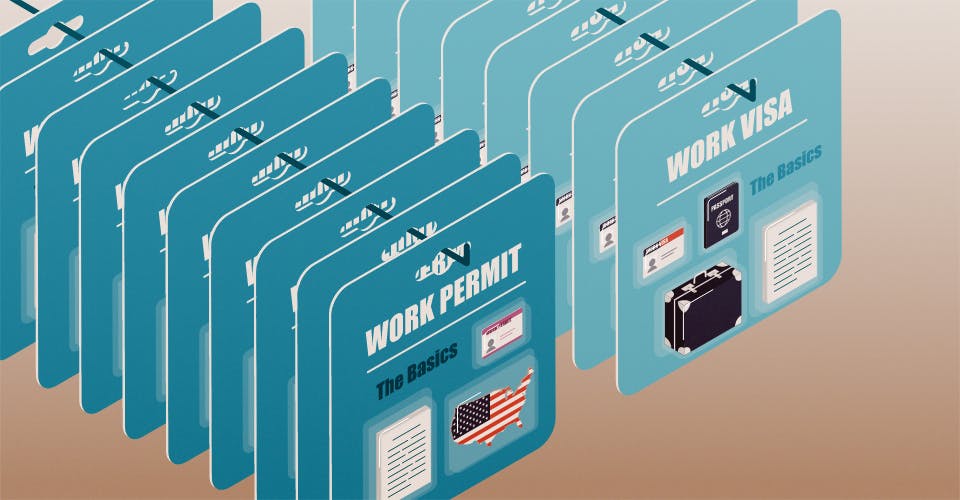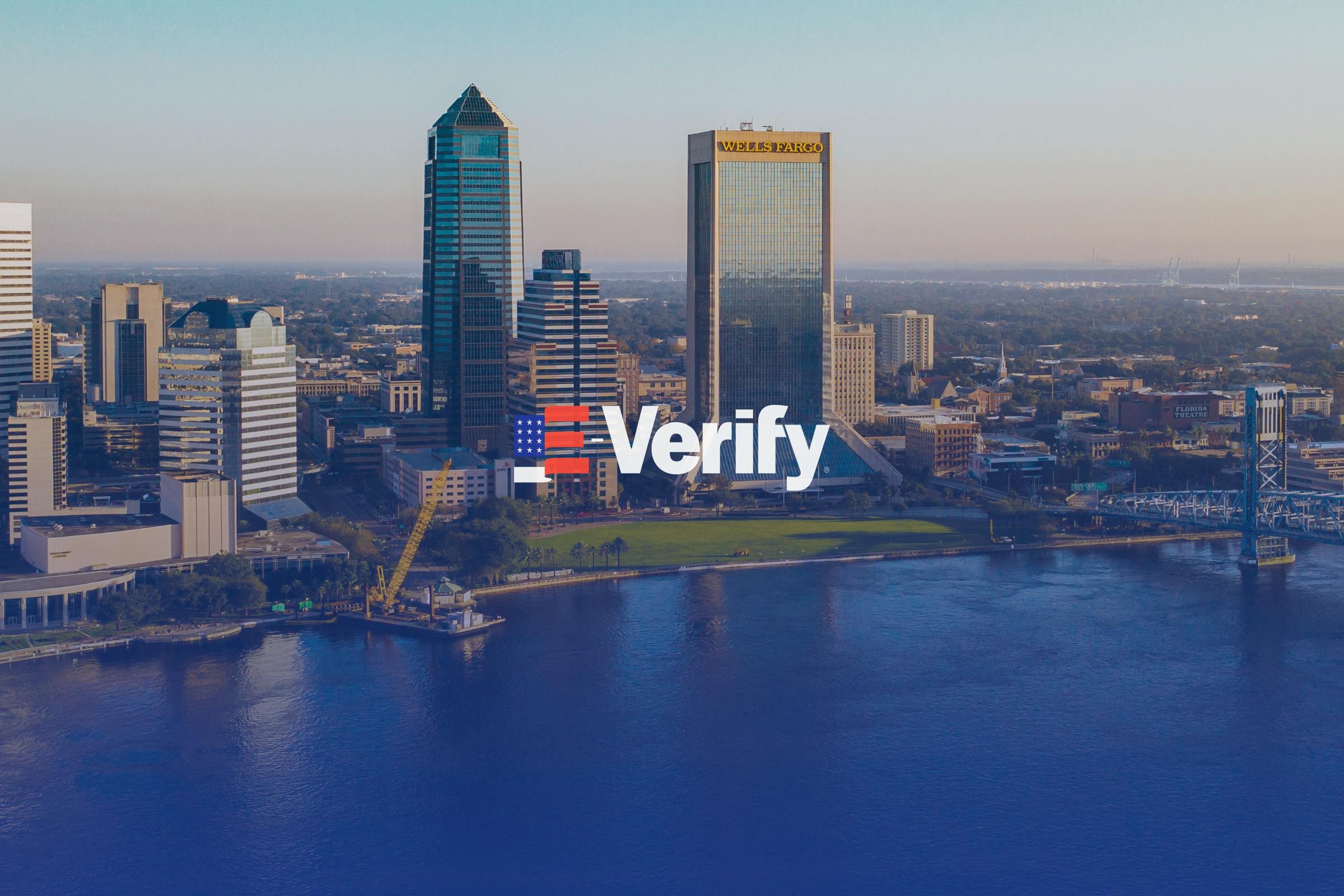Receiving a work permit in the United States is much different than being granted a working visa in the United States. While both topics have been covered in terms of their applications, this blog will be dedicated to better understanding some of the limits of each type of document and how they are used by non-citizens.
Work Permits- The Basics
It is common for immigrants who are already residing in the United States legally to apply for a work permit via a work authorization form. This is known as the USCIS I-765 form. Generally, dependents who are in the United States courtesy of their spouse who already has a working visa will need to apply for working authorization. This is true for even short-term, temporary, or informal employment scenarios. A common example that is seen regularly by the USCIS is H4 dependents. H4 dependents refer to the spouse or children of H1-B Specialty workers. Oftentimes such immigrants have no legal right to work in the United States once they arrive, but are automatically eligible given their status as being related to the H-1B visa holder.
In addition, many F1 students who are foreigners, but going to a university in the United States can apply for a work permit. They will usually do so by being offered an on-campus position for an international organization, or due to economic hardship if they can prove it.
There is also the case where a green card applicant who is in the United States, usually by means of being married to a U.S. citizen, will be able to file for working authorization. This is because the I-485 application can take sometimes a year or longer to receive a final decision on. However, applicants can receive a work permit in just a few months while they wait for their final decision.
Overall, the work permit does not give the immigrant any more rights than the ability to work legally in the U.S. Their residency has likely already been decided by their current status.
Work Visas- The Basics
Work visas, however, are issued to applicants before they arrive in the United States, in most cases. These are called temporary, or non-immigrant visas. One of the main differences between work visas and work permits is that work visas are more difficult to obtain via consular processing, and the fact that work visas help immigrants establish a residence in the United States and a line of credit.
Employment visas also require an employer sponsor who will need to fill out an I-140 on behalf of the intending immigrant. Work permits are filed by the immigrant in question who is wishing to work in the U.S. In general, work permits are easier to obtain but they are attached to the current status of the immigrant. The work visa determines the immigrant status of the individual once they enter the country.
Who can Work Where?
Both employment-based visa holders and immigrants with work permits can work for any company in the U.S. legally. However, sometimes specific companies are not looking to hire candidates who only hold a work permit and specify that they are looking to hire a U.S. citizen directly. Sometimes employers will not mention this and will simply state they are going with another applicant. This can be seen as a discriminatory practice, although it has happened before. Likewise, there has been a history of companies that have tried to limit their hiring practices to only temporary visa holders. Such companies can be investigated by the Justice Department under the pretext of the Immigration and Nationality Act (INA).
Overall, work permits and work visas make working in the U.S. perfectly legal for foreigners, however, one should suspect that some companies will have preferential treatment for different types of applicants.














